
Като част от основната сесия на MWC Shanghai 2025 в сряда, озаглавена Techco Transformation: Pioneering през следващата ера на иновациите, въртящият се председател на Huawei Xu Zhijun изнесе реч, насочен към критичните предизвикателства за растеж, пред който е изправен световната телекомуникационна индустрия.
Сю призна, че телекомуникационният сектор е влязъл в период на зрялост и стабилност, което прави все по -трудно поддържането на бърз растеж. „За тези от нас, които са израснали в епоха с висок растеж, е неудобно да станем свидетели на стагнация. Но сега трябва да намерим нови пътища за растеж“, каза той.

Сю очерта четири основни посоки, които според него могат да възвърнат растежа в телекомуникационния сектор:
Идентифициране на възникващото търсене от нови потребителски сегменти
Сю подчерта важността на наблюдението на бързо променящото се поведение на потребителите и обслужването на новите сегменти на клиентите. Той идентифицира работниците по икономика на концерта, включително шофьори на доставка на храни, куриери и шофьори, които се движат, като бързо нарастващ демографски с разширяващи се телекомуникационни изисквания.
В световен мащаб се очаква техният брой да достигне 160 милиона до 2030 г., което представлява 5% от световната работна сила, според представянето на Xu. „В Китай средните им приходи на потребител [ARPU] е 1,6 пъти по -голям от обикновените потребители на телекомуникации – каза той. „Друг пример е Livestreamers, предвидени да достигнат 130 милиона в световен мащаб до 2030 г., чийто ARPU е до четири пъти по -висок. Тези нововъзникващи сегменти изискват персонализирани мрежови продукти и услуги от телекомуникационни оператори. „
Стимулиране на консумацията на HD видео чрез сътрудничество с екосистеми
Въпреки видеото, което представлява над 50% от трафика на мобилни данни, консумацията на видео с висока разделителна способност, особено 1080p или по-висока, остава ниска, като само 22% от потребителите в големите китайски градове консумират такова съдържание, според XU.
Сю посочи множество затруднения по веригата на стойността, включително ограничения в доставките на съдържание, мрежовите възможности и терминалните устройства. Той призова за системен подход, включващ телекомуникационни оператори, доставчици на съдържание на OTT (над топ), доставчици на оборудване и производители на устройства, за да направят висококачественото видео по подразбиране. Това, твърди Xu, не само ще подобри потребителското изживяване, но и ще създаде значителни възможности за растеж на трафика на данни.
Активиране на 5G свързаност за всяко превозно средство
Xu призова играчите в индустрията да работят заедно за насърчаване на мащабно внедряване на 5G в свързани превозни средства. Докато автомобилните компании остават предпазливи поради опасенията на разходите, Xu спомена дългосрочната стойност на интегрирането на 5G както в пилотките на превозни средства, така и в централните системи.
Той се застъпи за хибриден бизнес модел, който позволява на потребителите да избират независимо и да плащат за своите услуги за свързаност, привеждайки мрежи в автомобили с по-широката екосистема на смартфони. Той също така поясни, че докато 5G е от съществено значение за комуникациите на V2X (превозно средство до всичко), автономното шофиране трябва да разчита предимно на възприятието на борда и вземането на решения, а не в мрежовата свързаност в реално време.
Използване на FTTR за дигитализиране на малкия бизнес
XU също така подчерта FTTR (влакна в стаята) като ключов инструмент за разширяване на високоскоростната широколентова връзка до отделни стаи или бизнес места, особено за малкия бизнес. В световен мащаб над 500 милиона малки предприятия изискват надеждна, ниска латентност, пълно покритие, твърди той, добавяйки, че традиционните решения често включват фрагментирано самосглобяване. FTTR дава възможност на телекомуникационните оператори да предлагат интегрирано решение, което отговаря на нуждите на съвременната цифрова търговия и услуги, от дребно до пространства за сътрудничество, Xu SAI.
Той заключи, като подчерта, че въпреки че пазарните условия варират в зависимост от страната, необходимостта от адаптиране и развитие е универсална. „Като компания, която се разраства заедно с телекомуникационните оператори, Huawei се ангажира да работи ръка за ръка с Global Partners за постигане на устойчив растеж в цялата индустрия“, каза той.
Свързани
Нашия източник е Българо-Китайска Търговско-промишлена палaта
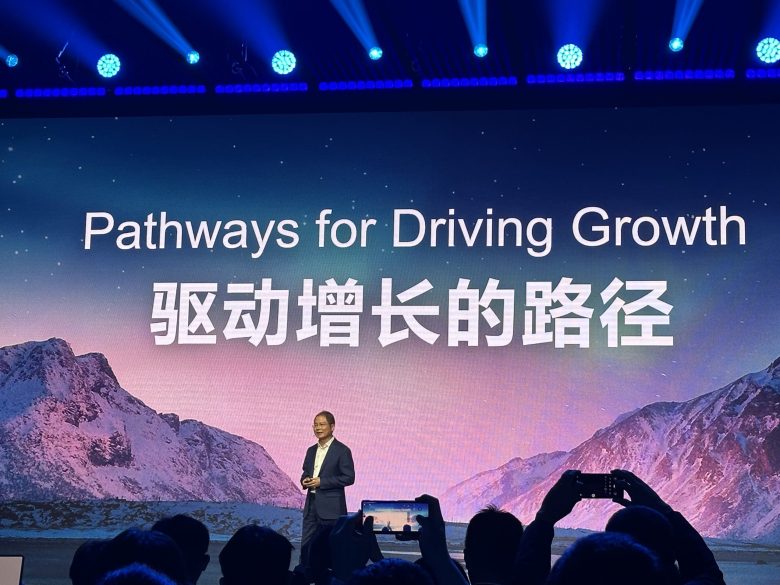
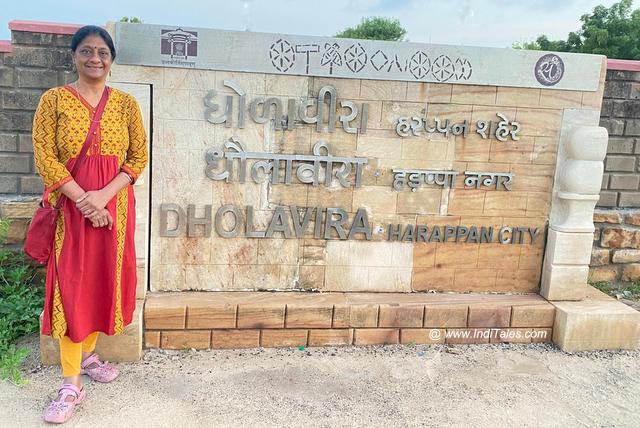 Unesco World Heritage Website– Dholavira Our journey began from Narayan Sarovar, on the western edge of India, driving towards Dholavira through the fascinating Kadhiya Dhroh canyon. By late evening, we reached the well-known 31 km roadway, often called the”roadway to heaven,”which links Khadir Bet Island to the mainland. Dholavira is uniquely located on an island surrounded by the beautiful white stretch of the Rann of Kutch.
Unesco World Heritage Website– Dholavira Our journey began from Narayan Sarovar, on the western edge of India, driving towards Dholavira through the fascinating Kadhiya Dhroh canyon. By late evening, we reached the well-known 31 km roadway, often called the”roadway to heaven,”which links Khadir Bet Island to the mainland. Dholavira is uniquely located on an island surrounded by the beautiful white stretch of the Rann of Kutch. 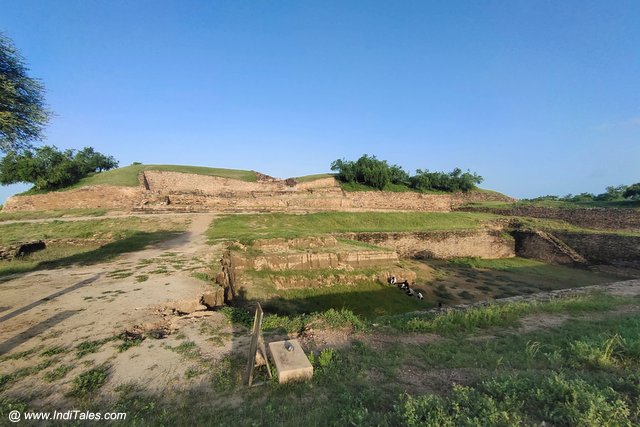 Increasing above the ground with tank in front To a visitor, the very first striking feature is the imposing castle rising above ground level. Standing before the east entrance at daybreak, it advised me of the Borobudur Temple in Indonesia, a website I had likewise gone to early in the early morning. The citadel has major four gates aligned with the cardinal directions. The northern gate once included a massive wood door and a large signboard with 10 letters– possibly the earliest known signboard worldwide. Although the script stays undeciphered, some scholars think interpretations are possible.
Increasing above the ground with tank in front To a visitor, the very first striking feature is the imposing castle rising above ground level. Standing before the east entrance at daybreak, it advised me of the Borobudur Temple in Indonesia, a website I had likewise gone to early in the early morning. The citadel has major four gates aligned with the cardinal directions. The northern gate once included a massive wood door and a large signboard with 10 letters– possibly the earliest known signboard worldwide. Although the script stays undeciphered, some scholars think interpretations are possible. 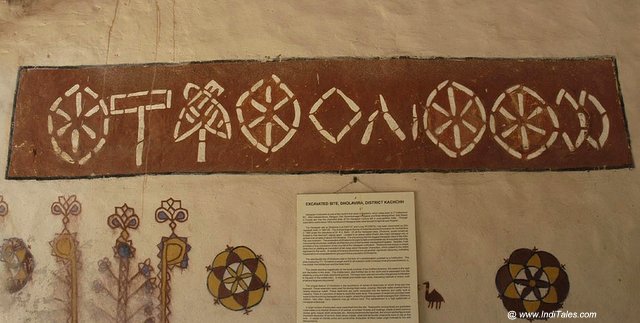 Dholavira North Gate Sign Board recreated at a resort We entered through this north gate; the signboard is now maintained in a museum. Eviction passageway is flanked by chambers likely occupied by guards. A staircase, presently a momentary wood structure for visitors’ security, causes the leading where the complete website shows up against the sky.
Dholavira North Gate Sign Board recreated at a resort We entered through this north gate; the signboard is now maintained in a museum. Eviction passageway is flanked by chambers likely occupied by guards. A staircase, presently a momentary wood structure for visitors’ security, causes the leading where the complete website shows up against the sky. 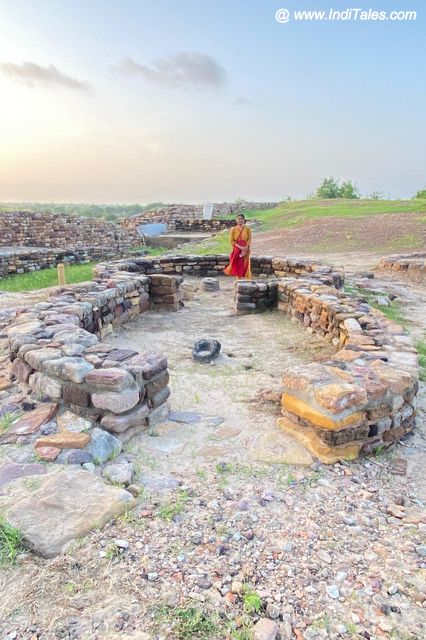 Bhoonga design circular real estate The east gate most likely led directly to the castle, with limestone pillars quarried 2-3 km away still noticeable. Throughout Indus websites, spaces tend to be especially small, leading me to question whether they acted as residences or storage spaces for trading items. Adjacent to the west gate lies a bead factory, which might have worked as an administrative or industrial office. The western castle location, called Bailey or Upa-Prasad in Hindi, was most likely home to the non-royal elite. Close-by stand four square granaries.
Bhoonga design circular real estate The east gate most likely led directly to the castle, with limestone pillars quarried 2-3 km away still noticeable. Throughout Indus websites, spaces tend to be especially small, leading me to question whether they acted as residences or storage spaces for trading items. Adjacent to the west gate lies a bead factory, which might have worked as an administrative or industrial office. The western castle location, called Bailey or Upa-Prasad in Hindi, was most likely home to the non-royal elite. Close-by stand four square granaries. 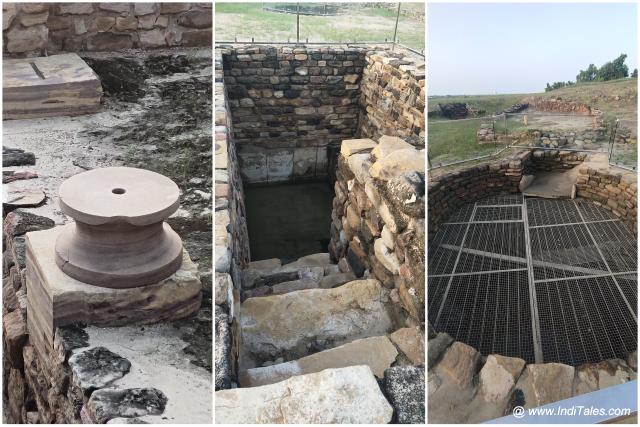 On top of the Website– A pillar, A Stepwell and a Well As you go into, a massive water tank with staircases coming down 30 steps at 3 corners stands out. The tank includes rock-cut wells and stone actions, possibly the earliest models of stepwells like Rani Ki Vav. Nearby, a unicorn figurine suggests the tank’s ritualistic value to the people. Atop the site are two large stepwells and a round well, the latter measuring 4 meters in size– possibly the biggest well discovered in Indus Valley sites. Rope marks on a stone slab indicate usage of a pulley system to draw water.
On top of the Website– A pillar, A Stepwell and a Well As you go into, a massive water tank with staircases coming down 30 steps at 3 corners stands out. The tank includes rock-cut wells and stone actions, possibly the earliest models of stepwells like Rani Ki Vav. Nearby, a unicorn figurine suggests the tank’s ritualistic value to the people. Atop the site are two large stepwells and a round well, the latter measuring 4 meters in size– possibly the biggest well discovered in Indus Valley sites. Rope marks on a stone slab indicate usage of a pulley system to draw water. 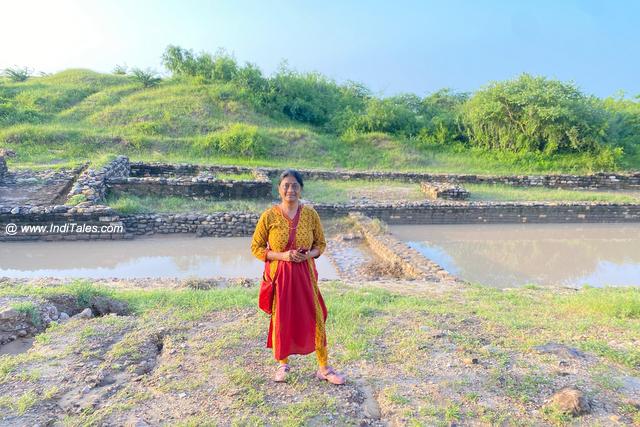 Connected water tanks at Dholavira Many fascinating are the southern water management tanks– a sequence of five interconnected reservoirs for storing and filtering water. The first 2 tanks handle desilting, the main third tank is three times bigger than the Great Bath at Mohenjo-daro, and the 4th tank features a ramp for wheeled carriage gain access to reminiscent of Surajkund. The fifth tank channels water to western tanks.
Connected water tanks at Dholavira Many fascinating are the southern water management tanks– a sequence of five interconnected reservoirs for storing and filtering water. The first 2 tanks handle desilting, the main third tank is three times bigger than the Great Bath at Mohenjo-daro, and the 4th tank features a ramp for wheeled carriage gain access to reminiscent of Surajkund. The fifth tank channels water to western tanks. 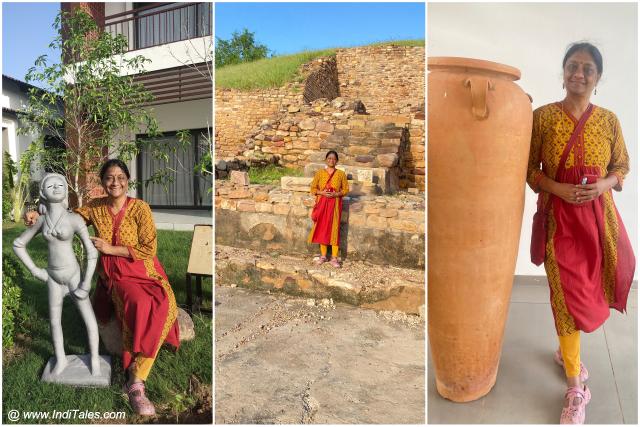 Dancing Woman, Pottery and the Eastern Gate of Dholavira
Dancing Woman, Pottery and the Eastern Gate of Dholavira